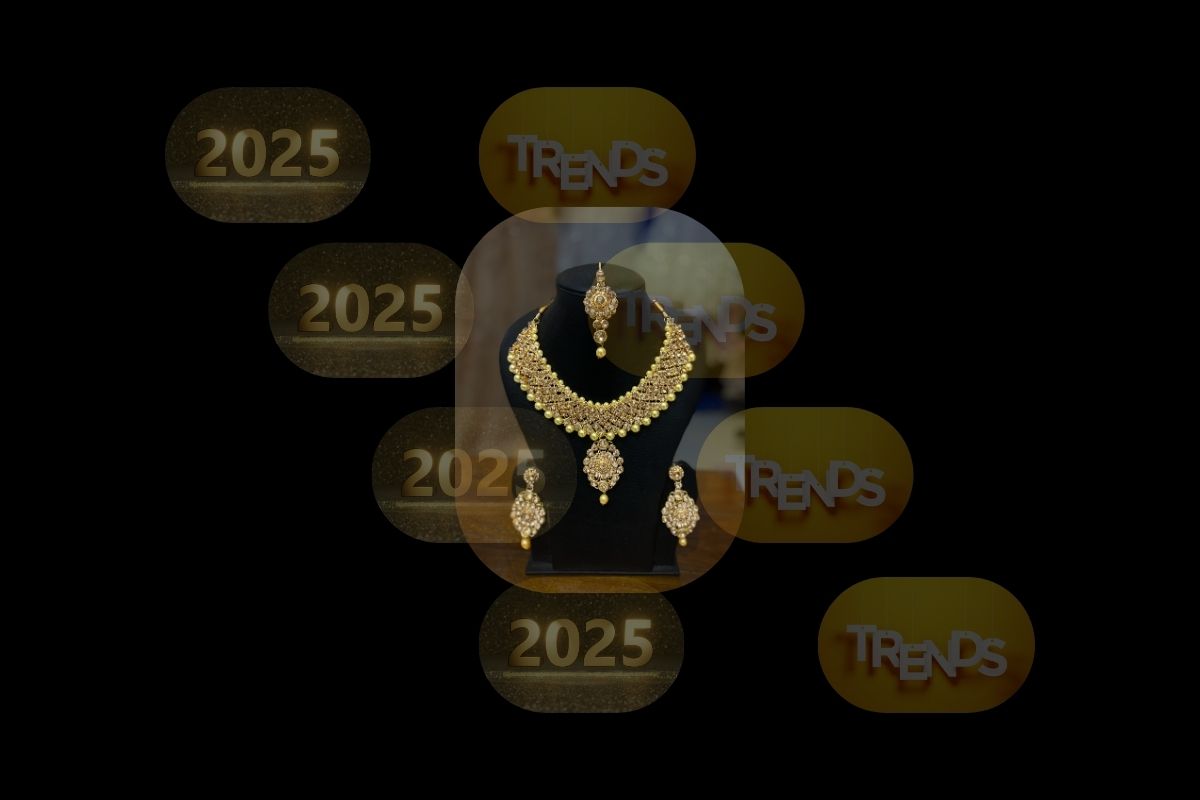
5 Product Photo Retouching Trends for 2025 Brands
Ansu Man | Sept. 10, 2025 | Categories: Retouching | 0 comments
Hyper-realism, minimalism, story-telling, 360-degree rotations, lifestyle shots, flat lay, optimization for small screens, and AI-assistance emerged as biggest buzzwords to define the product photo retouching paradigm in 2025.
The expectations are higher than ever. Audiences want authenticity. They no longer want to settle for flat, generic visuals, but for images that feel real yet polished, and inspire them to buy.
AI tools have greatly simplified the photo editing workflow. Brands, however, need to maintain their unique identities. Generalized workflows fail to fulfill this expectation. Human retouching professionals can help brands preserve their uniqueness, attract a specific group of buyers, improve conversion and increase sales.
Our experience with clients this year highlights 5 top product photo retouching trends that every brand should watch.
1. Authenticity
Consumers trust images that feel natural. Flat product cutouts against white backgrounds look too common. Overuse of shadows, reflections and gradients, on the other hand, erode authenticity. A balance must be maintained between too-much shadows and no shadows.
Human judgement can help maintain this balance. The focus is more on keeping the original shadows and reflections. The present trend in retouching involves refining these patterns of originality. Subtle cast shadows and reflection shadows help improve depth for luxury items like jewelry, watches and accessories.
Other techniques include softening of harsh edges, preserving existing shadows and creating floating shadows.
2. Focus on Product
Some products can’t do without retouching. Jewelry images are examples in case. Even the best cameras can’t fully capture the brilliance of gemstones or the polish of precious metals. It is still not possible to create clipping paths for some jewelry products using AI technology.
Professionals work meticulously to create exact cutout using the pen tool. Accurate clipping is a pre-requirement for later follow-up works, such as gemstone enhancement, metal smoothing, color correction, recoloring, and addition of depth and dimension.
The jewelry retouching workflows include adding sparkle, polishing hard-to-reach surfaces, eliminating smudges, repainting shine on gold and silver, fixing off-tone metals, and adding shadows and reflections.
3. AI and Human Integration
We observe an interesting trend unfolding in 2025. Many clients have sent us images, half-done by AI-tools, asking us to complete the retouching process by hand. This is yet another manifestation of how professional retouching is still relevant.
Transformation of a general-looking product to a special one demands the skillful hands of a human retoucher. AI certainly can’t replace human retouching professionals for high-end products.
While AI can handle bulk cleanup tasks, such as dust, scratches and color balancing, human experts refine the nuances, such as gemstone shine, natural shadows and brand consistency. Last but not least, only a human can guarantee quality after having gone through with every minute details before final delivery.
4. Lifestyle Shots
This trend is catching up fast despite many e-commerce platforms still requiring pure white-background product shots. As buyers are getting smarter, they like to see how the product will look in real-life situations. Lifestyle-driven composites are expected to gain more demands in future.
While keeping the background white, we can still add props and shadows to show the product in natural setting. For example, a handbag can be photographed on white without losing its grounding shadows. Similarly, a jewelry product can be displayed with props that do not distract.
5. Optimization for Smaller Screens
With more than 70% of eCommerce traffic now on smartphones, product photos must look flawless on tiny screens without losing impact. Optimization techniques often involve enhancement of micro-details, consistent colors, cropping and resizing.
The idea is to bring changes that hold up under compression, for example, a shadow can get inky or a gemstone looks off-color when seen on a small screen.
Looking Ahead - Beyond 2025
Looking ahead, we gear up towards a robust human-machine integration to provide a realistic, yet enhanced visual experience for buyers.
Product photo retouching is not longer just “polishing images”, but about creating visual trust, ensuring consistency across platforms and crafting an experience that feels both premium and real.
We, at PicsRetouch, remain at forefront when it comes to meet industry challenges. We integrate trending technologies and respond to the trends and patterns that the industry demand.